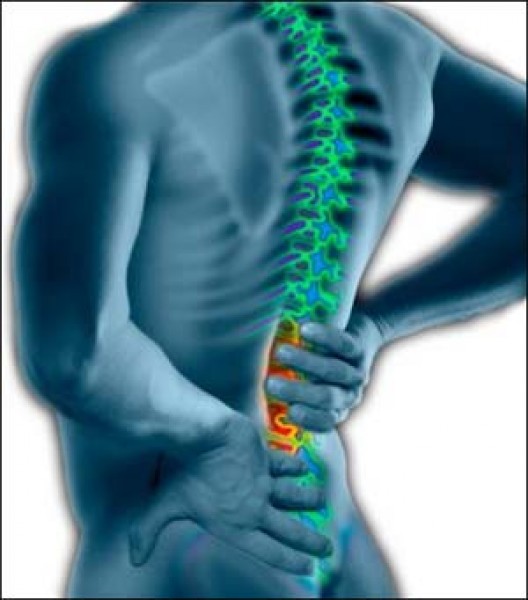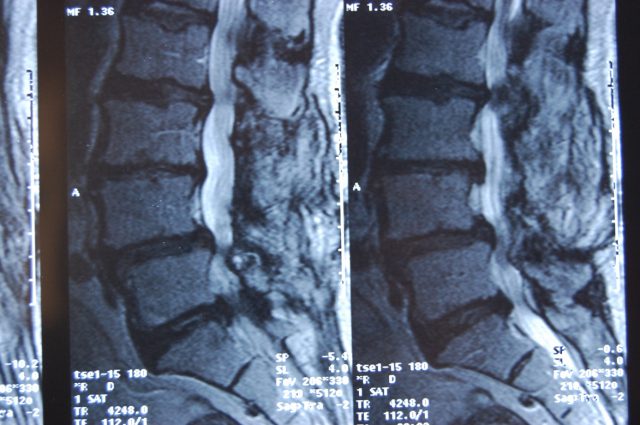 “Narrow canal” usually develops due to age-related degeneration but it may be seen in earlier ages for various reasons.
“Narrow canal” usually develops due to age-related degeneration but it may be seen in earlier ages for various reasons.
Narrow canal occurs due to the degeneration in our spine. So, aging is the most important factor. Sometimes, it can be seen in early ages due to genetic factors, diabetes, kidney diseases, hormonal disorders, nutritional habits like highly-glycemic diet or high-carbohydrate diet, smoking and alcohol. Another important cause for early age spinal stenosis is environmental factors, primarily humid environment and heavy work. As a result of degeneration, discs in the spine become to deteriorate and bony spicules start to form as well as thickening and tearing in the connective tissue. These narrow the spinal canal, compressing the spinal cord.
We can categorize the symptoms of narrow canal into 2 groups: Symptoms of narrow canal in the neck (cervical spinal stenosis) and symptoms of narrow canal in the back (lumbar spinal stenosis). In cervical spinal stenosis, neck pain, pain in one or both arms, weakness and numbness can be seen. If left untreated, symptoms increase, causing to serious problems that may lead to paralysis in arms. In lumbar spinal stenosis, back pain, pain in one or both legs, weakness and numbness can be seen. If the stenosis advances, leg pain that increases with walking, decreased walking distance, needing to rest while walking and complete paralysis of legs can be observed.
The diagnosis of narrow canal is done with MRI and tomography for spine in addition to physical examination. Also, EMG testing for arms and legs can help the diagnosis. Spinal stenosis can be confused with arterial diseases of arms or legs, because they cause similar symptoms. They can be easily differentiated with a Doppler ultrasound of the arteries of arms and legs.
In the initial and simple form, spinal stenosis is treated with pain killers and muscle relaxants, exercises and physical therapy. In advance stages, surgical treatment can be used in patients who have had no benefit from these treatments and are found to have loss of function in physical examination. In surgery, the spinal canal is relaxed at the exact spot of the problem, neck or back, under a microscope. After this procedure, the spine may be stabilized with titanium screws (also known as platinum) if the physician thinks it is necessary. This surgery may have satisfactory results and prevent relapses if performed by an experienced surgeon in the right patient. There is no possibility of relapse from the surgical site but rarely in the long term, the spinal canal adjacent to the surgical site can be narrowed and may require surgery. Not gaining weight, not carrying heavy stuff and performing the recommended exercises after surgery the factors to be careful about.

NARROW CANAL (SPINAL STENOSIS) LUMBAR REGION


TITANIUM SCREWS AFTER SURGERY
